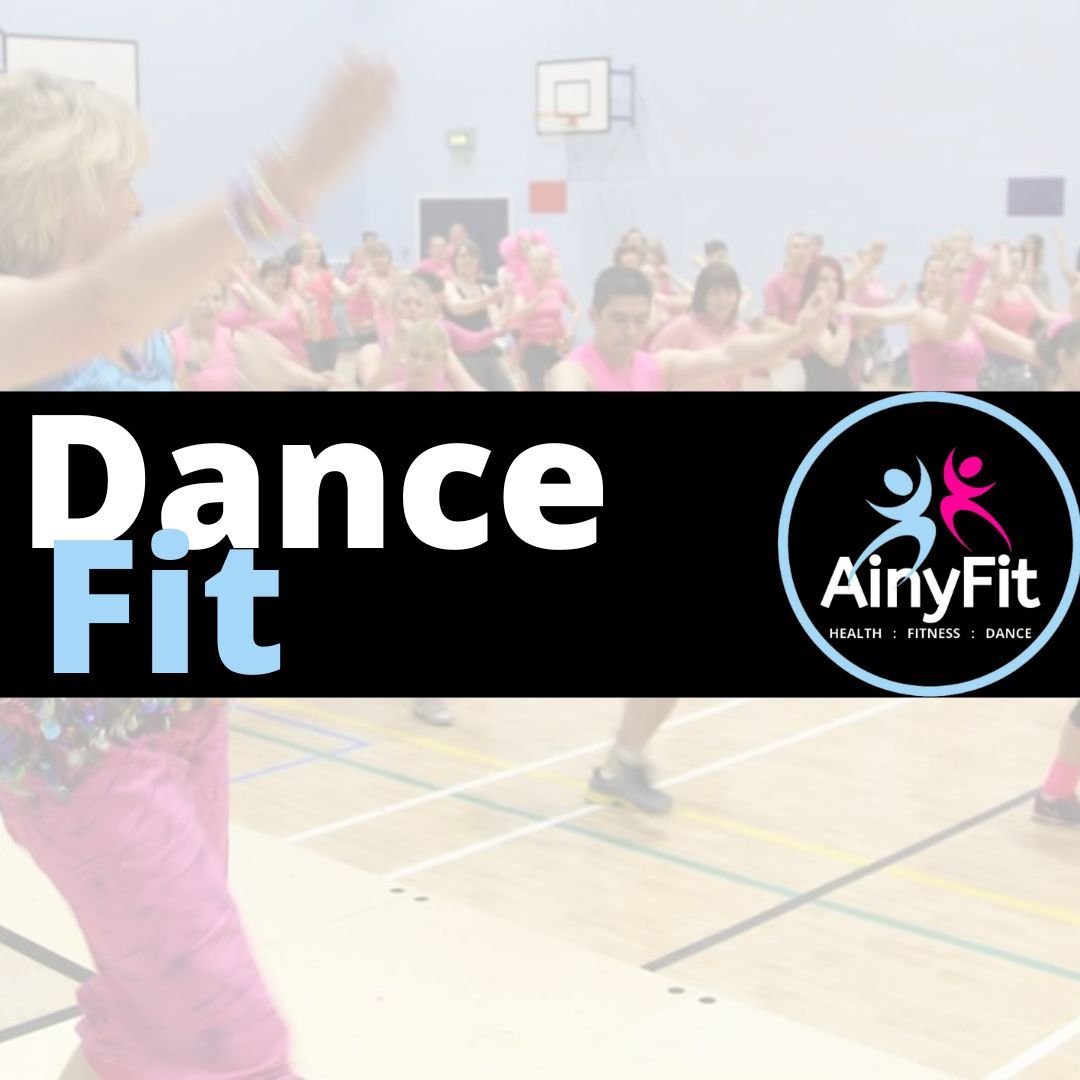Dance fitness offers a multitude of benefits, encompassing physical and mental well-being.
It improves cardiovascular health, enhances muscle strength and flexibility, boosts balance and coordination, and can aid in weight management. Furthermore, dancing has been shown to improve memory, reduce stress, and boost mood and self-confidence.
Physical Benefits:
- Cardiovascular Health:
- Dance fitness elevates the heart rate, strengthening the heart and lungs, and reducing the risk of heart disease.
- Muscle Strength and Flexibility:
- Regular dance practice builds muscle strength and increases flexibility throughout the body, contributing to improved posture and movement.
- Balance and Coordination:
- The rhythmic movements and coordination required in dance enhance balance, agility, and overall motor skills.
- Weight Management:
- Dance fitness can be an effective way to burn calories and increase metabolic rate, aiding in weight loss and maintenance.
- Improved Bone Health:
- Dancing, particularly aerobic forms, can help strengthen bones and reduce the risk of osteoporosis.
Mental and Emotional Benefits:
- Cognitive Function:
- Dance challenges the brain with memorization of steps and sequences, improving memory, cognitive skills, and overall brain function.
- Stress Reduction:
- Dancing can release endorphins, promoting relaxation and reducing stress and anxiety.
- Mood Enhancement:
- The physical activity and social interaction involved in dance can boost mood, reduce depression, and increase feelings of well-being.
- Self-Confidence and Self-Esteem:
- Dance can improve body image and promote a positive sense of self, leading to increased self-confidence and self-esteem.
- Social Connection:
- Dance can be a social activity, providing opportunities to connect with others and build relationships.
A good dance session lifts your heart rate and delivers a seriously good cardio workout. It can improve muscular strength and muscle tone, and importantly enhance your coordination, agility and flexibility. Dancing can also help alleviate stress and ease depression, and unlock a wealth of exercise endorphins. Research also indicates dance can increase the number of cells in the brain's hippocampus, the region of the brain responsible for long and short-term memory as well as spatial navigation. This is one of the reasons why dance is known as the best exercise for staying young.
Feel good moves
Scientists think that human society may have evolved a special relationship to dance and this could explain why it can trigger positive feelings.
In one study, researchers from the University of Oxford found that dancing in rhythm with others could significantly raise the participants’ feelings of social bonding. They also found that it had a surprising effect on their pain threshold, suggesting it can release pain-relieving endorphins, the feel-good chemicals, after just 10 minutes of dancing!
Strictly the best
So how does dancing beat other forms of exercise? It’s partly because dance combines several important aspects: music, movement, and social activity.
When an Australian team surveyed almost 50,000 adults about their hobbies, and followed them up 12 years later, what they found was surprising. Dancing was linked to a 46% reduced risk of stroke or heart attack, more so than other types of activities at the same intensity . Frequent walkers, for example, didn’t benefit to the same degree.
Another study spent five years talking to older adults about their hobbies and dancing was associated with the greatest reduced risk of dementia – by a huge 76% .
Come and try a DanceFIT with AinyFit class and see how it could benefit YOU! Book your space here.


